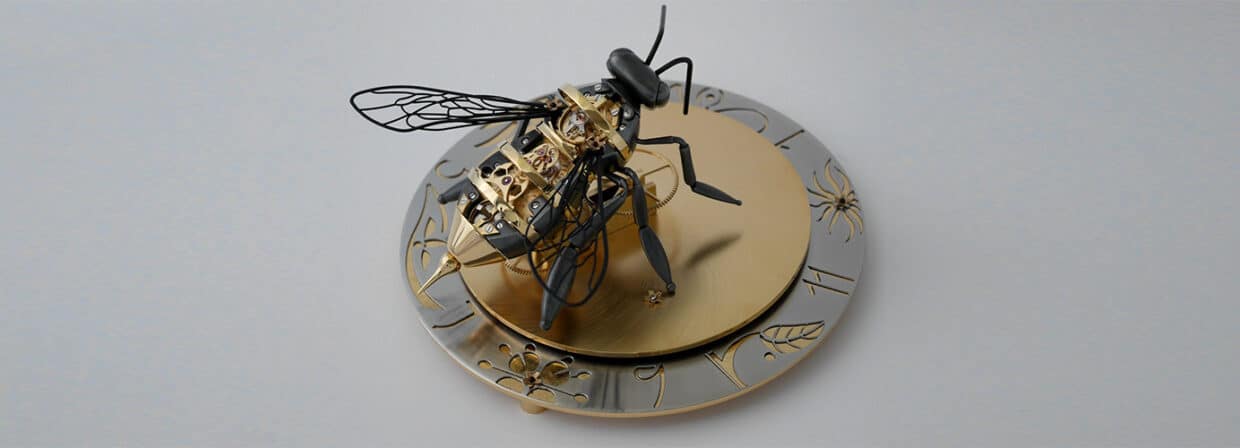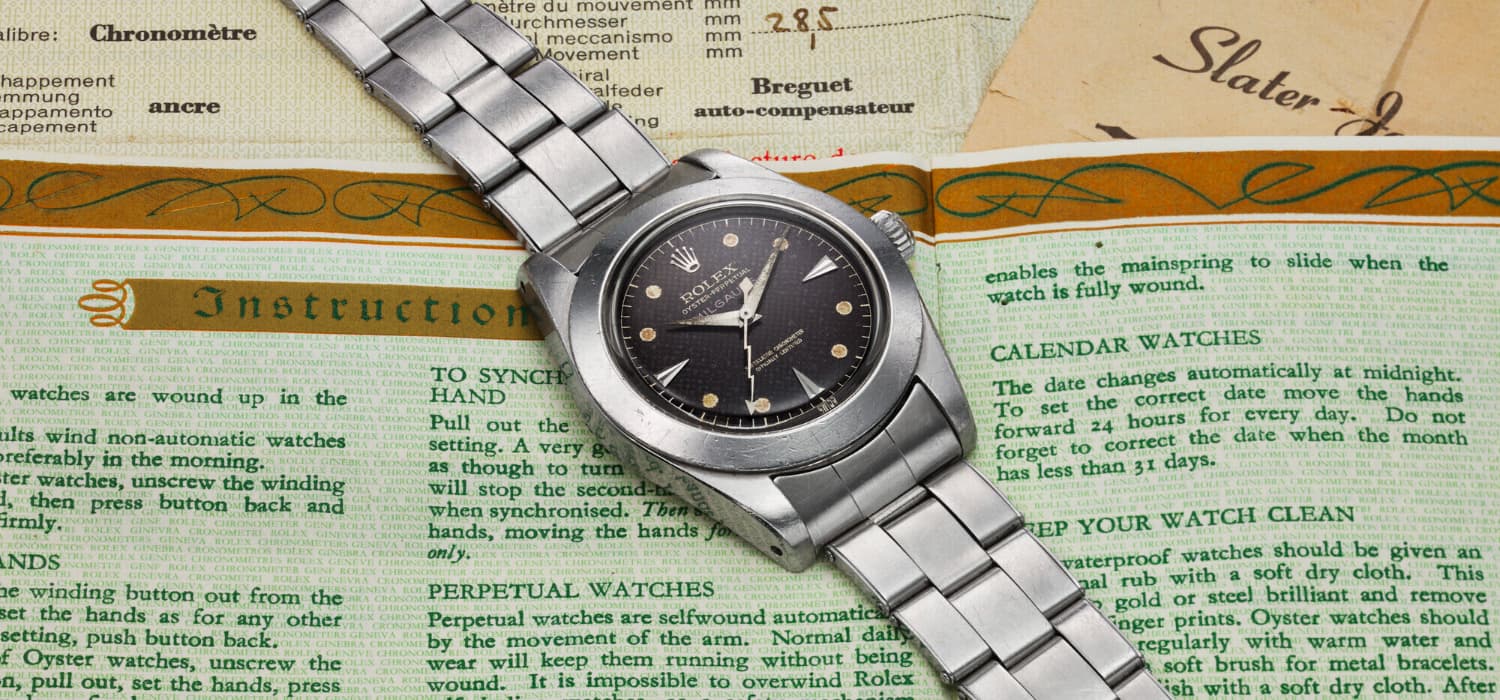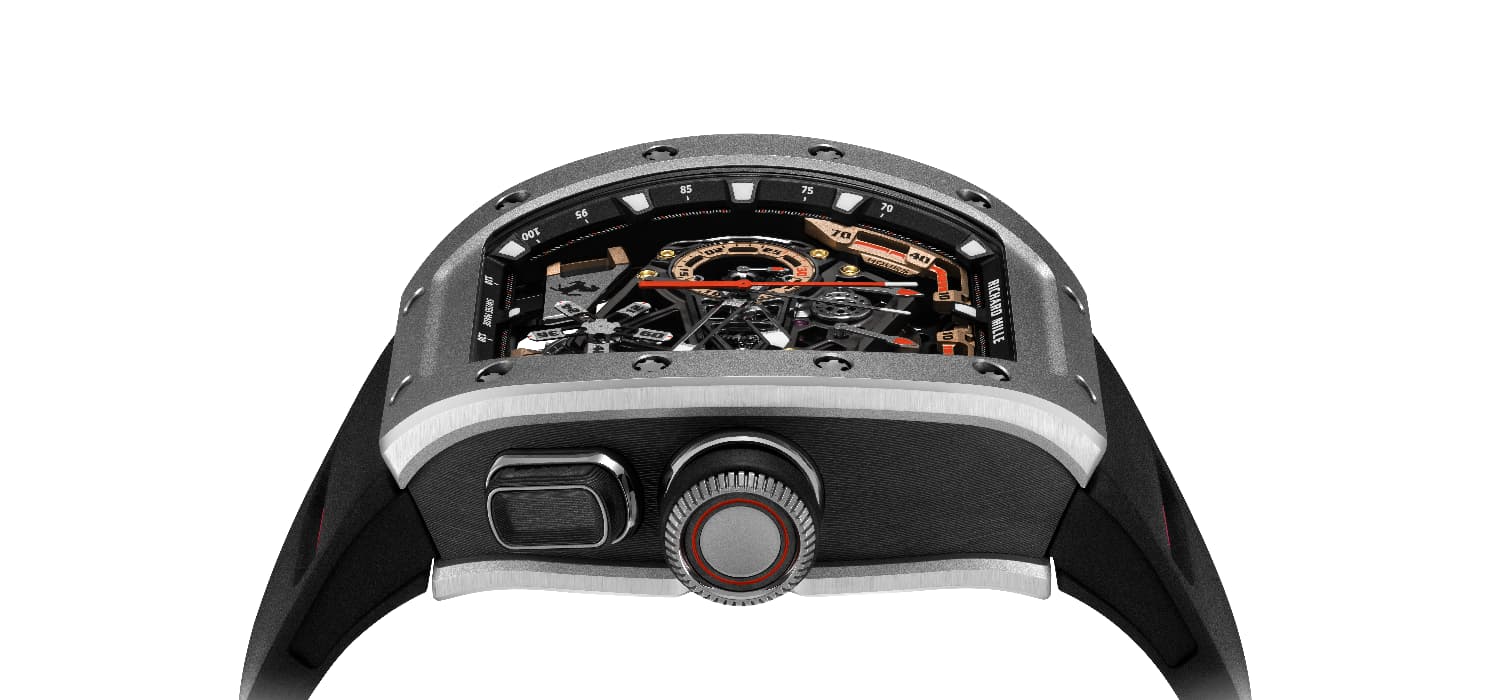
The five candidates for the Louis Vuitton Watch Prize competition, which is a first in the watchmaking world as it has no conditions, have been announced.
Watchmaking’s connection with the past is very strong as it lasts for centuries, but the responsibility of leaving a legacy to future generations is equally strong and one feels obliged to think about the future more than ever. The reason is simple: Craftsmanship, watch culture and related archives have a fragile structure. Especially a watch world that collapsed in the 1980s, experienced an awakening in the 1990s, and not only returned to its glorious days in the 2000s but also surpassed them by leaps and bounds, now wants to keep things tight.
At this point, the management of the Louis Vuitton watch division, affiliated with the LVMH group, took an important step by organizing a watch award event to be given every two years. He organized a competition in which everyone from all over the world could participate. The Louis Vuitton Watch Award is an initiative that aims to encourage innovation in watchmaking, rewarding the best ideas in terms of traditional watchmaking as well as technical inventions and pioneering designs.
The main feature of the competition is that it is open to everyone without any restrictions. According to the specification, from watchmakers to designers, entrepreneurs to enthusiasts, anyone can apply for the award. The prize is 150.000 euros and a one-year mentoring program within La Fabrique du Temps, tailored to the winner’s skills and needs, which can provide invaluable skills and ideas. Works participating in the competition are evaluated according to various criteria such as innovation, craftsmanship, originality and technical mastery. Even someone who is knowledgeable and skilled about watches and does not need support may need marketing, branding, legal and commercial support. Louis Vuitton will provide the service needed for a year to the winner.
The award announcement was made in November 2022 and applications began to be accepted. Around 1000 candidates had applied by the end of May 2023. In September 2023, the expert committee consisting of 45 people, including stars such as Frank Gehry, Kim Jones, Philippe Dufour, Evelyne Genta, Denis Flageollet, Nick Foulkes and Marc Newson, first reduced this number to 20. The expert committee also selected a five-member jury panel to make the final evaluation. Five candidates were announced on December 18, 2023.
Candidates will present before a five-person jury in Paris in January 2024. Headed by Michael Tay (The Hour Glass), it includes Carole Forestier Kasapi (Tag Heuer Movement Director), Auro Montanari (aka John Goldberger, a collector who has written 11 watch books), Rexhep Rexhepi (Akrivia) and Jiaxian Su (SJX Watches). The jury, which includes important names, will announce the winner at the award ceremony on February 6, 2024.
Until then, let’s imagine ourselves as one of the jury members and think about which of the 5 candidate watches below, we should choose while we still have the opportunity. Here are the candidates:
1.
Simon Brette
Chronomètre Artisans
Limited to 12 watches and produced by a team of 13 independent craftsmen under the leadership of Simon Brette, the 39 mm diameter Chronomètre Artisans is offered in a zirconium case exclusive to subscribers. All 12 watches to be produced until 2028 (50 thousand CHF excluding tax) have been sold. The technical highlight of the watch, which attracts attention with its craftsmanship, is the winding mechanism that can be seen, heard and felt (The watch won the 2023 GPHG Inspirational Watch of the Year Award).

2.
Raúl Pages
Regulateur à détente RP1
Raúl Pages graduated from CIFOM – Ecole Technique (Le Locle) watchmaking school in 2006 and worked in the restoration departments of Parmigiani and then Patek Philippe. The standout feature of the Régulateur à détente RP1, a manually wound stainless steel wristwatch, is that it has an improved trigger escapement. The trigger escapement, first developed by Pierre Le Roy in 1748, is a rare mechanism today. Although it has some flaws in terms of accuracy, the Thomas Mudge invention (1755) lever escapement is the most preferred type due to its robust features. The trigger escapement has never been popular because it is difficult to manufacture and although it is more sensitive, it does not have shock protection. Raúl Pages proves that he has overcome this problem by adding shock protection to the escapement.

3.
Petermann Bédat
Chronograph Rattrapante
The names of Gaël Petermann and Florian Bédat were heard for the first time at the 2020 Grand Prix d’Horlogerie de Genève (GPHG), when they received the “High Horlogerie Discovery Award” with the Deadbeat Seconds model with jumping seconds, which has unusual technical features. Developing new projects since then, the duo’s latest work is the Chronographe Rattrapante, inspired by pocket watches. This watch is a split-seconds chronograph with a jumping minute counter. The symmetrical structure of the chronograph with a semi-skeleton dial has an interesting aesthetic. (The watch won the 2023 GPHG Chronograph of the Year Award.)

4.
John-Mikaël Flaux
L’Abeille Mécanique
L’Abeille Mécanique (mechanical bee) is a hand-wound table clock in silver and gold. It is also a work of art designed to draw attention to endangered bees by imitating the complex structure of living things. When the bee figure carrying the escapement and wheel chain stands on a rotating table, the bee’s sting shows what time it is. The bee and the tray have independent mechanisms but work in harmony.

5.
Andreas Strehler
Tischkalender Sympathique
Combining a table and a pocket watch, this design is inspired by the Pendule Sympathique design produced by Abraham Louis-Breguet in 1798 (an example of which is in the Topkapi Palace) and takes the main idea even further by adding a perpetual calendar. Housed in a wooden case, it consists of a pocket watch that displays the time and integrates it into a perpetual calendar. When the pocket watch is removed, the system suspends itself and the desk clock, which displays the year, month, date and day of the week, stops working. Let’s say you return after three days and replace the pocket watch, at that moment the calendar starts working with the help of mechanical memory and sets the date to the required day. Andreas Strehler (52) is a well-known master in this field and has unique designs.




